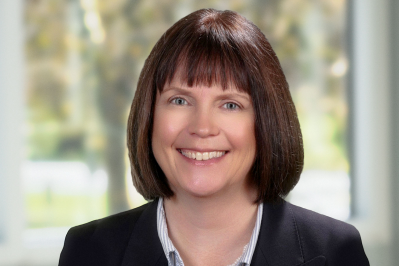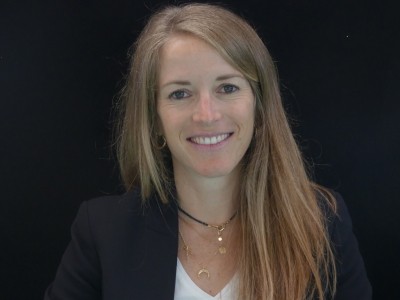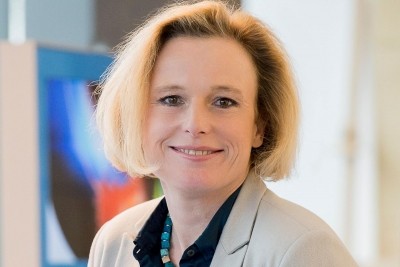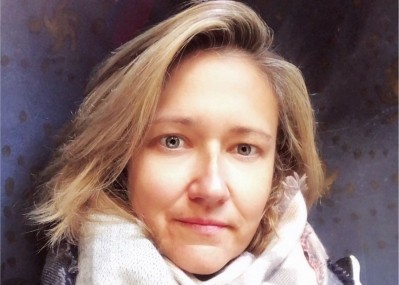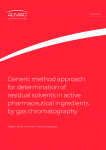Vaxess' Rachel Sha - 'own the seat at the table that you have and have confidence'
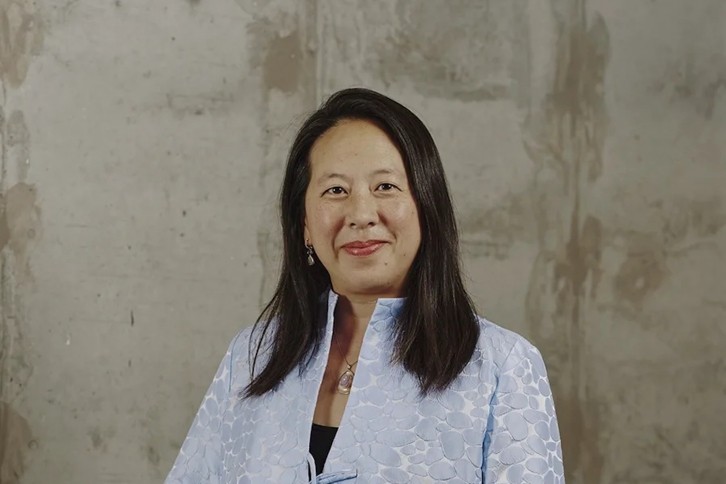
She is CEO of Vaxess and wants to be able to deliver therapeutics in the most patient-friendly and pain-free way. Read our interview with her to find about more about her fascinating journey and the obstacles she overcame.
Could you give us an overview of your work?
I’m the CEO of Vaxess, a life science company developing a technology platform for administering therapeutics and vaccines in a really patient-friendly way. Vaxess’s MIMIX transdermal patch and applicator is designed to be needle-free, painless for patients, and easy to administer from the comfort of their homes. It is also shelf stable, so it can be shipped without the refrigeration that many therapeutics and vaccines have traditionally required.
When did you realize you were interested in science - as a young child, teen, or older?
I’ve been interested in science since I was very young. My mom was in research at Merck, working on a hepatitis vaccine. My father was also a civil engineer. I remained interested in the sciences throughout my childhood and have spent much of my career working in the sciences.
Could you describe your personal journey bringing us to where you are now?
I studied chemistry and biology as an undergrad at MIT. I thought about going into medicine but was also interested in business. I wanted to take the scientific method and apply it to business. After undergrad, I went into consulting. I spent a number of years at Accenture advising a broad range of companies and industries. Eventually, I decided to go to Harvard Business School to transition back into the life sciences, which I was more personally interested in.
After HBS, I joined the business development group at Genzyme. I worked in the company’s Biosurgery business unit, learning about medical devices, cell therapies, and biologics to help expand Genzyme’s portfolio of products. I also spent some time on their corporate development team and had the chance to interact with the rare disease and other business units.
When Genzyme was acquired, I stayed on at Sanofi initially to help them expand and grow Biosurgery to the next level and subsequently worked with the broader therapeutics areas to drive deal execution for Sanofi across all therapeutic areas. Then, I started working in digital business development, which was a new area for Sanofi. Our initial interest was in diabetes, and creating an integrated care system using CGMs, insulin pumps, and apps to see if we could improve diabetes outcomes and make it easier for patients to manage their disease. From there, I focused on the digital transformation of the company, everything from AI for drug discovery to clinical trial design and execution to enabling more effective commercialization. I led some of the biggest deals at Sanofi, for example in AI for drug discovery — they were industry leading in terms of the size, scope, and breadth of business development transactions.
After a number of years, I had an enormous amount of learning from working at large companies in what it takes to succeed, how to advance programs and how to stop programs. I was really interested in shifting to the early stage and going to a startup environment. I decided to leave Sanofi and went to Engine Ventures, where I joined as an executive in residence and then full time as an operating partner. I was able to leverage all of my past learnings and experience to help portfolio companies refine strategy, share best practices for business development, and sharpen pitches to investors and strategic partners like Sanofi. That gave me the opportunity to work with Vaxess, which is one of Engine Ventures’ portfolio companies. I got to know the team and technology and became really excited about the company’s prospects.
What challenges did you face - as a woman or otherwise - along the way and what is the most valuable lesson you have learned?
Especially early in my career, I felt underestimated — whether it was because I was female, because I was Chinese, or maybe because I was young.
As a college graduate going into consulting, you’re plonked into situations where you’re the only female, the youngest person, and also a minority trying to develop recommendations to address business problems with senior leaders. The most valuable lessons I learned were to listen actively to what clients and customers have to say, to not be afraid of asking hard questions, and leaning into those conversations. Own the seat at the table that you have and have confidence in communicating what you know as much as what you don’t know. This is part of building trusting relationships. I worked to understand what was important to people, listened to why people might have biases and different perspectives, and focused on addressing those areas.
Over time, I was able to build relationships with senior leaders, world experts who trusted me and who I trusted. The more you can build your network of people that also see the impact, the capabilities, and the results that you can drive, the more you can provide a surround sound of support and advocacy. I used to think that as long as I performed well and I achieved on my own, others would recognize and see my potential. Unfortunately, that’s not always the case. But if you have advocates who can recognize you fully for what you can do, it’s easier to just focus on what you need to get done.
Additionally, leveraging your network is not just for support but for different perspectives, expertise, to push you to think differently, to improve your idea. Don’t be afraid of seeking guidance or sharing early thinking. In general, most people want to help.
What ignites your passion in your current role?
The possibility is enormous at Vaxess. There’s just so much opportunity for where we can apply this technology and solve really important problems. In some ways, it’s an exercise of focus and identifying the best areas to apply the MIMIX platform.
Take the challenge of obesity, for example. This is an enormous public health need — all of the different conditions that are caused by cardiometabolic disease or dysfunction and a significant burden to health systems. GLP-1 seems to be the wonder drug, but there are still shortcomings around access and tolerability. There’s also room to improve the way the drug works, in terms of the kind and quality of weight loss. These are all problems that we feel the MIMIX platform can tackle over time. When Vaxess first started to generate data to show that the MIMIX platform can deliver the amount of the drug necessary to drive clinical outcomes, this opened up a whole new opportunity space for the company.
Additionally, vaccines remain important to Vaxess. Being able to transport vaccines that require refrigeration to low resource settings in a cost-effective way remains a challenge. How do you enable patients to deliver vaccines themselves rather than rely on a healthcare worker to do those injections? There’s a tremendous opportunity to improve access to vaccines through the MIMIX platform.
In addition to the technology, I’m excited by the people at Vaxess who are working creatively every day to solve a range of different problems. It’s been great collaborating with the individuals here every day to advance what we’re doing.
What is your current work ethos/style?
I think leadership, in many respects, is about providing direction and strategy for the company and unleashing people to achieve that strategy. Ultimately, it’s about how you get everyone to work at their very best, individually and as a team, because it’s only in that environment that you can really tackle the hardest problems.
I like to give people space to allow for the creativity to problem solve and ability to get things done while also holding them accountable for results. To give people flexibility, it means there has to be goals that are clearly defined.
One last point on style: I strive to create an open environment where people can be candid. But sometimes, when people think about candor, they think about a level of directness that can be offending. So, I like to call it candor with kindness. We need to have open, candid conversations, but we can be kind as we constructively work through problems together.
Could you share some advice for young women starting to develop an interest in science or wanting to pursue a career like yours?
Early on in my career, I felt like I was inconveniencing people when I reached out and asked them to network. Every now and then, I still have that reflex, but at the same time I believe it’s important to get to know what other people are doing, how they got where they got. There is no one right path or answer, and it’s through talking to a lot of different people that you can further shape your career and pursue the things that interest you.
Look for opportunities that interest you, push you to do something new or different, and give you the chance to work with great people. If you can do those things, you’re more likely to progress professionally and find fulfilment in what you do. I think early on, people spend time chasing logos and resume building, which is understandable. The work itself and brands you work for early in your career can matter a lot but do your homework on who it is you’d be working with, who you’d like to work with and who you’d learn the most from.
Lastly, I encourage women to be ready to take advantage of opportunities when they present themselves. Many of my career decisions involved taking on roles very different to what I had done previously, because I wanted to learn and get exposure to different people and different things. Some of these opportunities were also not planned. Trust yourself, and don’t be afraid to take on a new opportunity.
